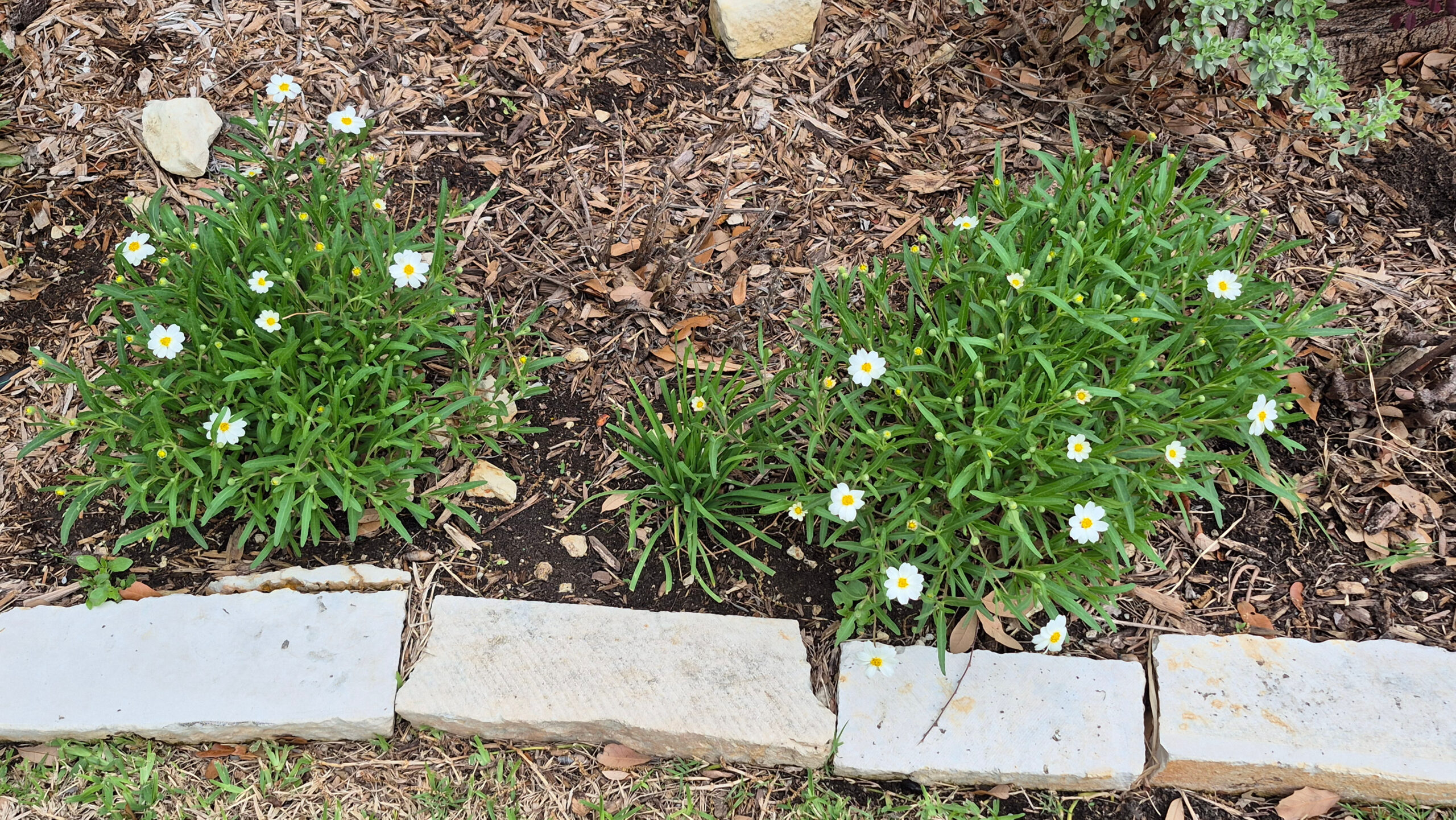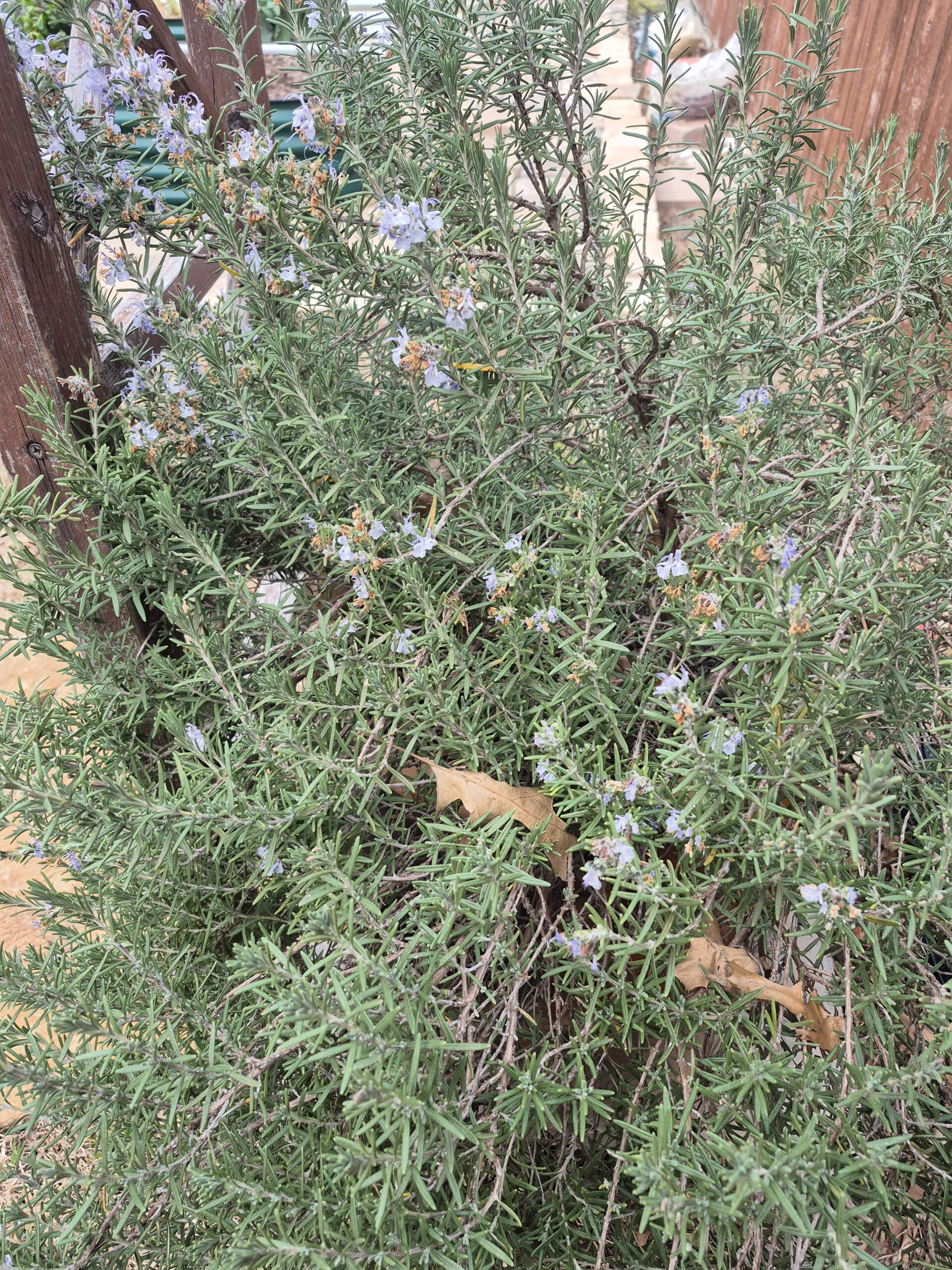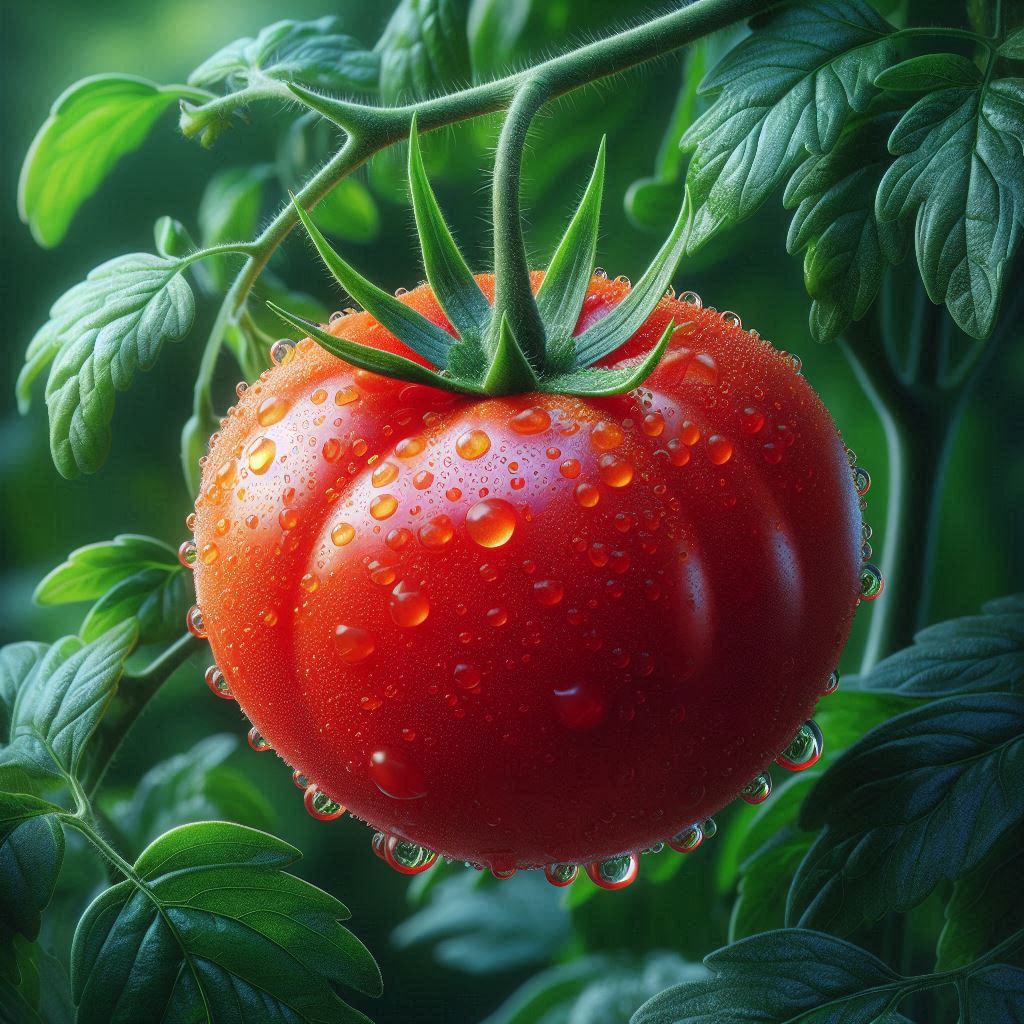Growing Blackfoot Daisies in Texas
When it comes to gardening in Texas, few plants are as resilient and rewarding as blackfoot daisies (Melampodium leucanthum). These cheerful perennials thrive under the harsh conditions of the Lone Star State, making them a favorite among local gardeners—including me!
Why Blackfoot Daisies are Perfect for Texas Gardens
Heat and Drought Tolerance: With Texas summers that can test even the toughest plants, blackfoot daisies rise to the challenge. Their native roots in the Southwest have equipped them to endure scorching temperatures and minimal water.
Full Sun Champions: Sun-loving plants are essential for Texas landscapes, and blackfoot daisies bask happily in full sunlight.
Compact and Low-Maintenance: These hardy plants form neat mounds, reaching about 12 inches in height and spreading up to 18 inches, requiring little upkeep.Beauty in Every Bloom Not only are blackfoot daisies tough, but they’re also stunning. Their small, daisy-like flowers boast delicate white petals and bright yellow centers. During their blooming season—typically spring through early fall—they offer a continuous display of color that brightens any garden. Plus, their subtle honey-like fragrance adds an aromatic charm to the garden.
Tips for Growing Blackfoot Daisies in Texas
Planting: Choose well-drained soil, preferably sandy or rocky. These daisies dislike soggy conditions, so avoid heavy clay soils.
Watering: Once established, they require little water—ideal for water-wise gardening. Let nature take care of them during rainy seasons and water sparingly during dry spells.
Pruning: Remove spent blooms periodically to encourage fresh flowers and maintain their tidy appearance.
Companion Plants: Pair them with other Texas natives like bluebonnets, lantanas, or salvia for a colorful, sustainable garden.A True Texan Treasure If you’re looking for a plant that embodies the rugged beauty and resilience of Texas, the blackfoot daisy is an excellent choice. Whether you’re a seasoned gardener or a beginner, you’ll find that growing these hardy beauties is a joy.



